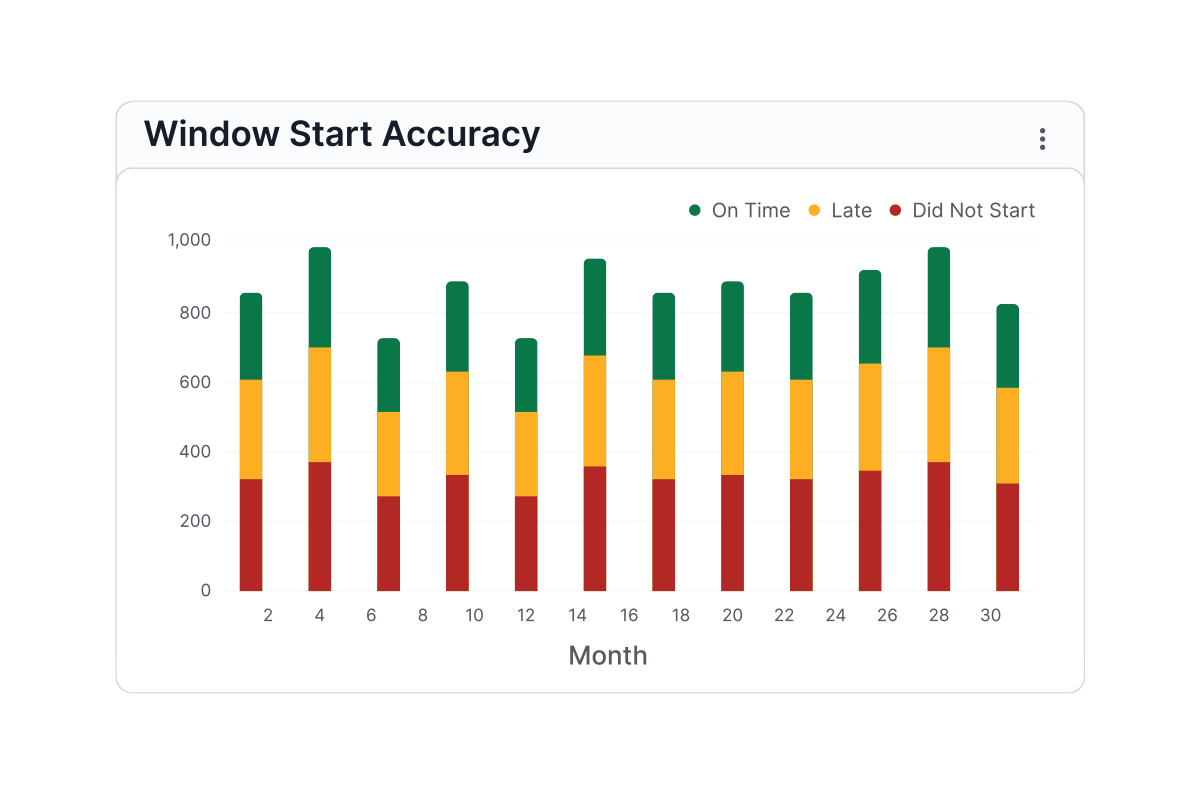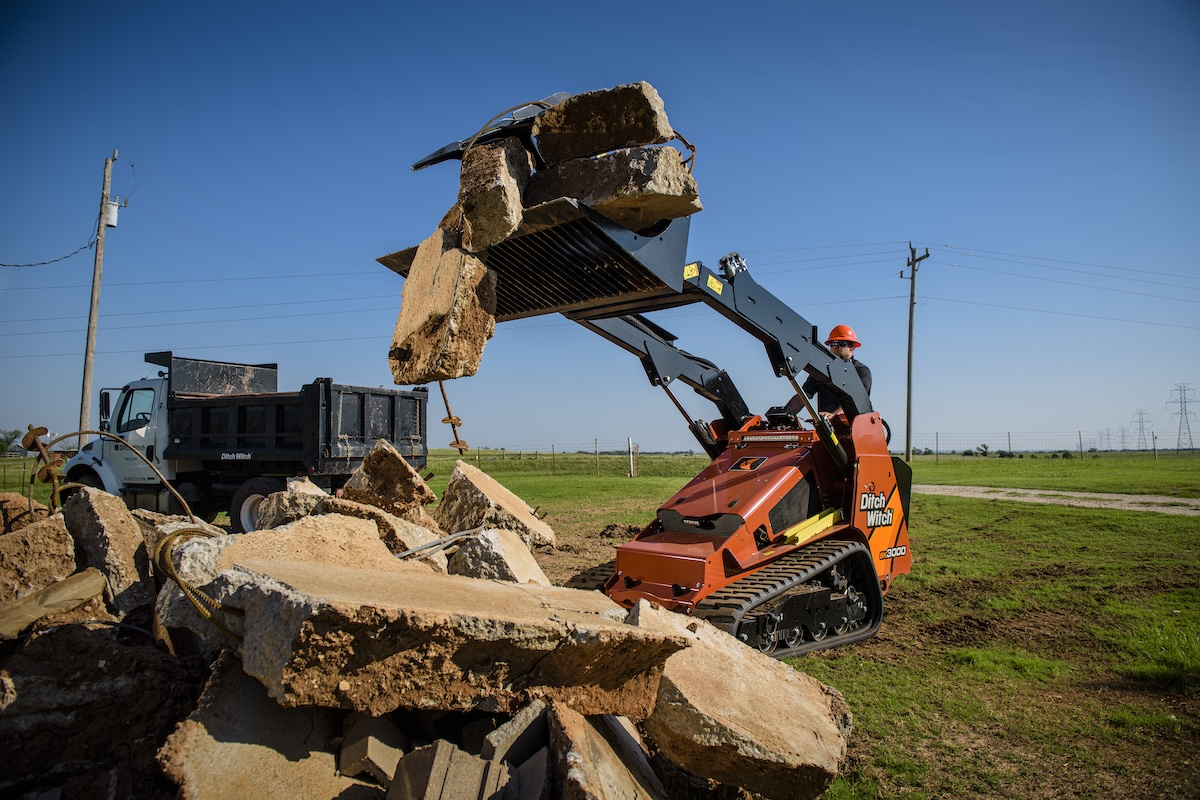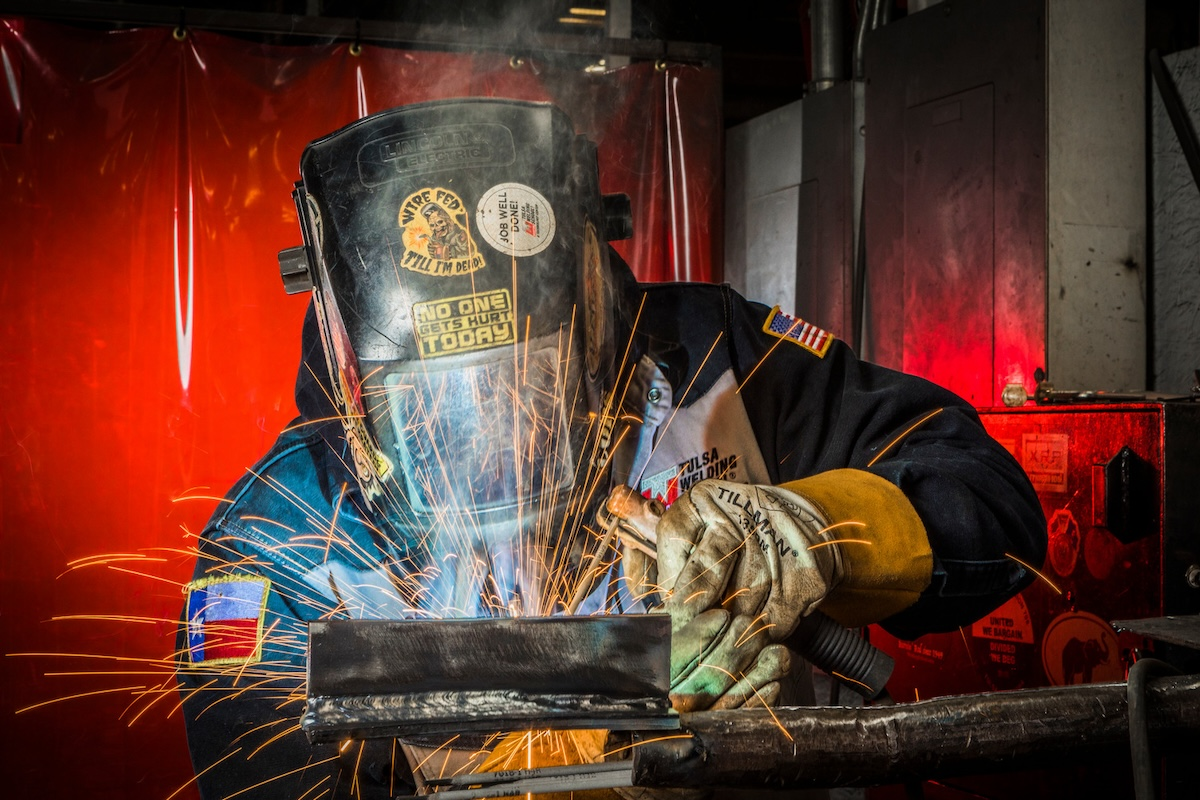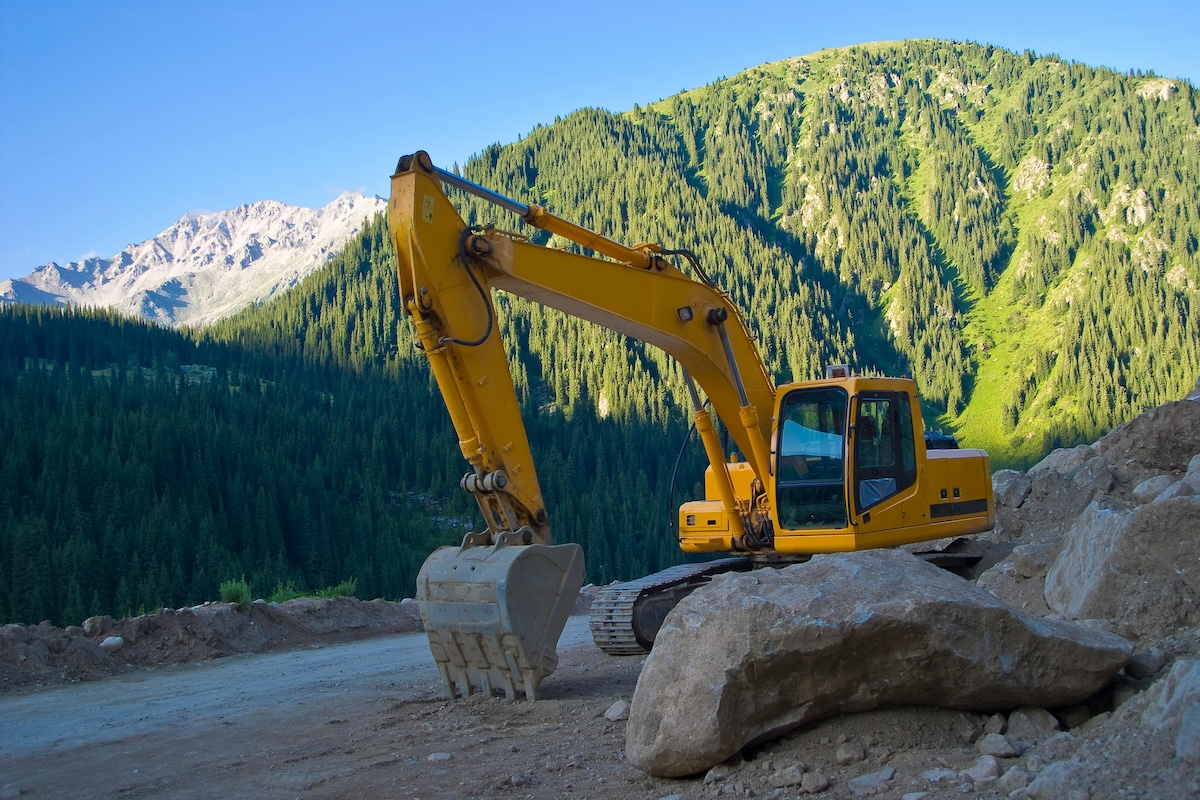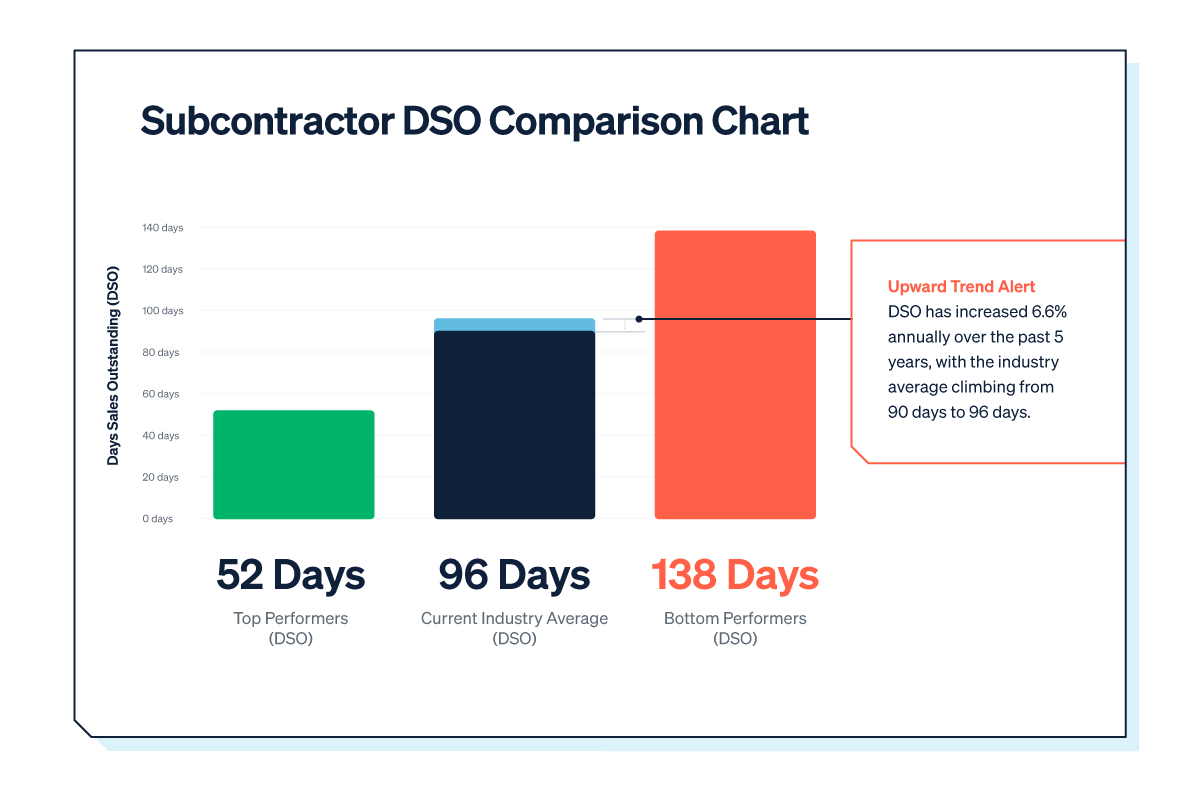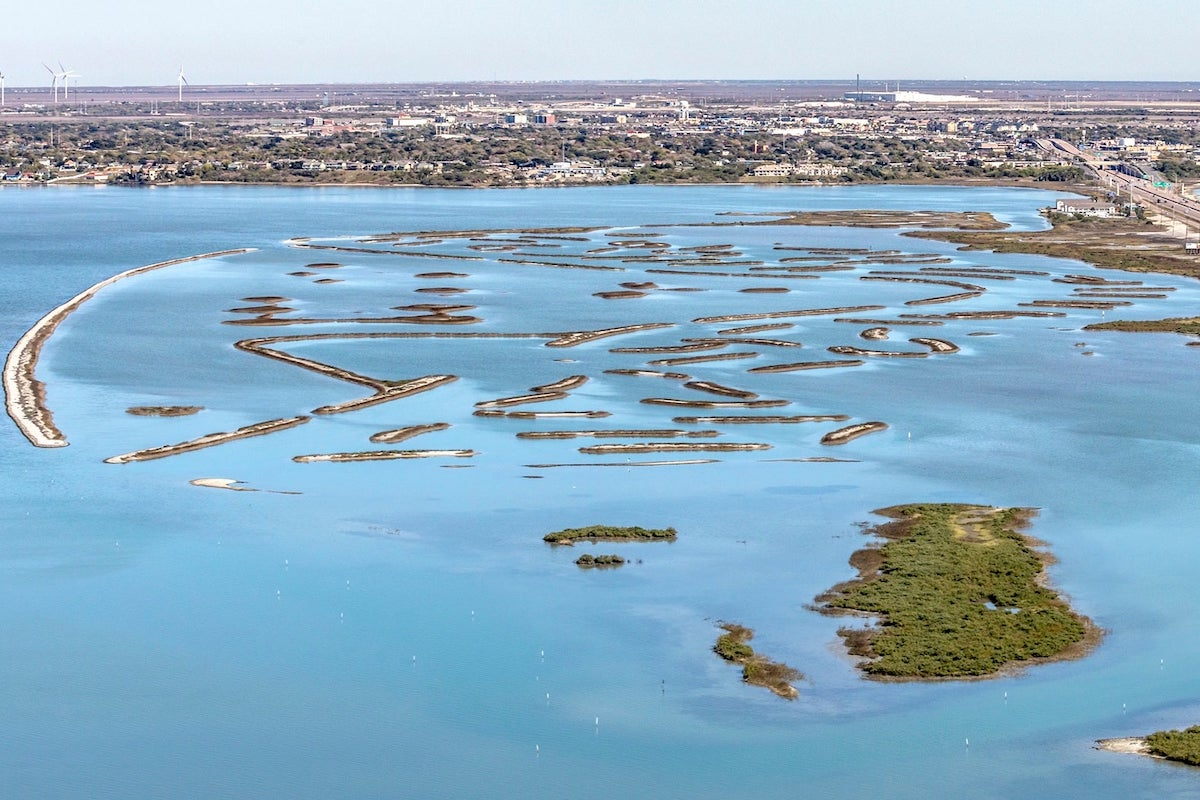Construction of underground infrastructure such as major transit and transportation systems involves immense variable costs. In fact, a recently published breakdown of cost drivers for U.S. infrastructure excavation revealed that nearly 35 percent of total project expenditures for transit tunneling work was attributed to soft costs (feasibility studies, EIS/EA, consulting, permitting), and 10 percent to third-party expenses (utility diversions, remedial work).
The remaining majority (55 percent) of total project expenditures were directly attributed to cost of construction. Compared with financial outlay for other large-scale and infrastructure projects, the cost of excavation construction is significantly higher.
While labor expenses account for an estimated 40 to 50 percent of these project construction costs, there are many other excavation-specific factors in play. Use of large-scale equipment – such as boring machines and excavators – intensive site management and material staging, and the logistical hurdles of clearing excavated matter all pose unique challenges to those responsible for onsite safety, organization, and risk mitigation and present an array of additional expenses. On average, cost of materials clocks in between 25 to 30 percent, with contracted equipment and specialized tools responsible for the remaining 20 to 25 percent of construction budget outlay.
Those are just the factors at play when all is going well. Unexpected expenses or delays – often due to atmospheric conditions or environmental hazards discovered once a project is well underway – can trigger skyrocketing costs with astronomic impact to a project’s bottom line.

| Your local Liebherr Construction Eq dealer |
|---|
| Nueces Power Equipment |
Because major excavation and tunneling projects are linear by nature, opportunities for reducing costs through project acceleration are somewhat limited. With construction labor and equipment expenditures stacking the project budget, accurate scheduling is critical to completing a project on time and within budget. However, the increased complexities of tunneling and excavation make effective optimization nearly impossible for human teams.
Today’s Artificial Intelligence (AI)-based technologies and tools for construction optimization, like ALICE Technologies, unlock cutting-edge solutions for cost and risk mitigation on complex excavation projects so you can keep excavation project expenses at a minimum.
AI-driven tools make workforce optimization fast and easy, modeling potential scenarios at lightning speed. Will adding additional crews speed time to completion, or create site congestion? Should teams work in tandem, or sequentially? Are current onsite conditions appropriate to workforce safety, or should workers be reallocated to reduce risk? Using AI to assess available options and pathways forward can reveal best-case scenarios for making the most of your available crew.
Excavation equipment is expensive and adds a lot of variable costs to large-scale projects. Boring machines, for example, cost millions of dollars per tunnel, so even a minor blunder can adversely affect profits. Cost control depends on the most efficient allocation of this expensive machinery, which makes equipment optimization critical to a successful excavation project.
Dynamic planning of a linear construction site involves searching for locations that minimize transportation costs for equipment and resources, aligning staging, and are compatible with the project schedule. Reallocation of equipment from one location to the next is critical to increasing project productivity. Dynamic equipment planning reduces expensive idle time, and helps stakeholders maximize use of resources – increasing potential profits between 1 to 1.5 percent of total project cost.

| Your local Bobcat dealer |
|---|
| Bobcat of North Texas |
| Compact Construction Equipment, Inc |
AI can supercharge those results by comparing and contrasting the expense or cost savings of different scheduling and sequencing options, like using multiple excavators at the same time versus sequentially, in conjunction with dynamic equipment allocation. When challenges or delays arise, AI can also assess the benefits and risks of various job scenarios, examining millions of allocation options to identify approaches that prevent expensive downtime or schedule disruption.
A carefully crafted project recovery plan is critical to troubleshooting issues, as they arise and can prevent a linear project from going “off the rails”. But when disaster occurs, every moment wasted is money lost.
AI-driven tools can directly contribute to worker safety, as well as provide stakeholders with information critical to addressing unanticipated circumstances. For example, today’s solutions can be used to identify alternate methods for blasting sensitive surfaces, analyze options for ground stabilization, or provide cost analysis on the use of wooden shoring or steel supports. And reconfiguration of site flow and scheduling in high-risk scenarios can help limit workforce exposure to hazardous conditions, improving safety while minimizing project disruption. These adjustments can happen in real time, allowing work to continue safely when traditional strategies fall short.
The technology supporting AI for construction project optimization has come a long way in recent years and can often eliminate the challenges and delays posed by unforeseen occurrences. With so much at stake, excavation and major infrastructure projects especially can benefit from AI-driven tools. By revealing what really matters, we can identify new solutions for curbing costs, improving workforce safety, and circumventing spiraling delays so you can dig into the benefits.








